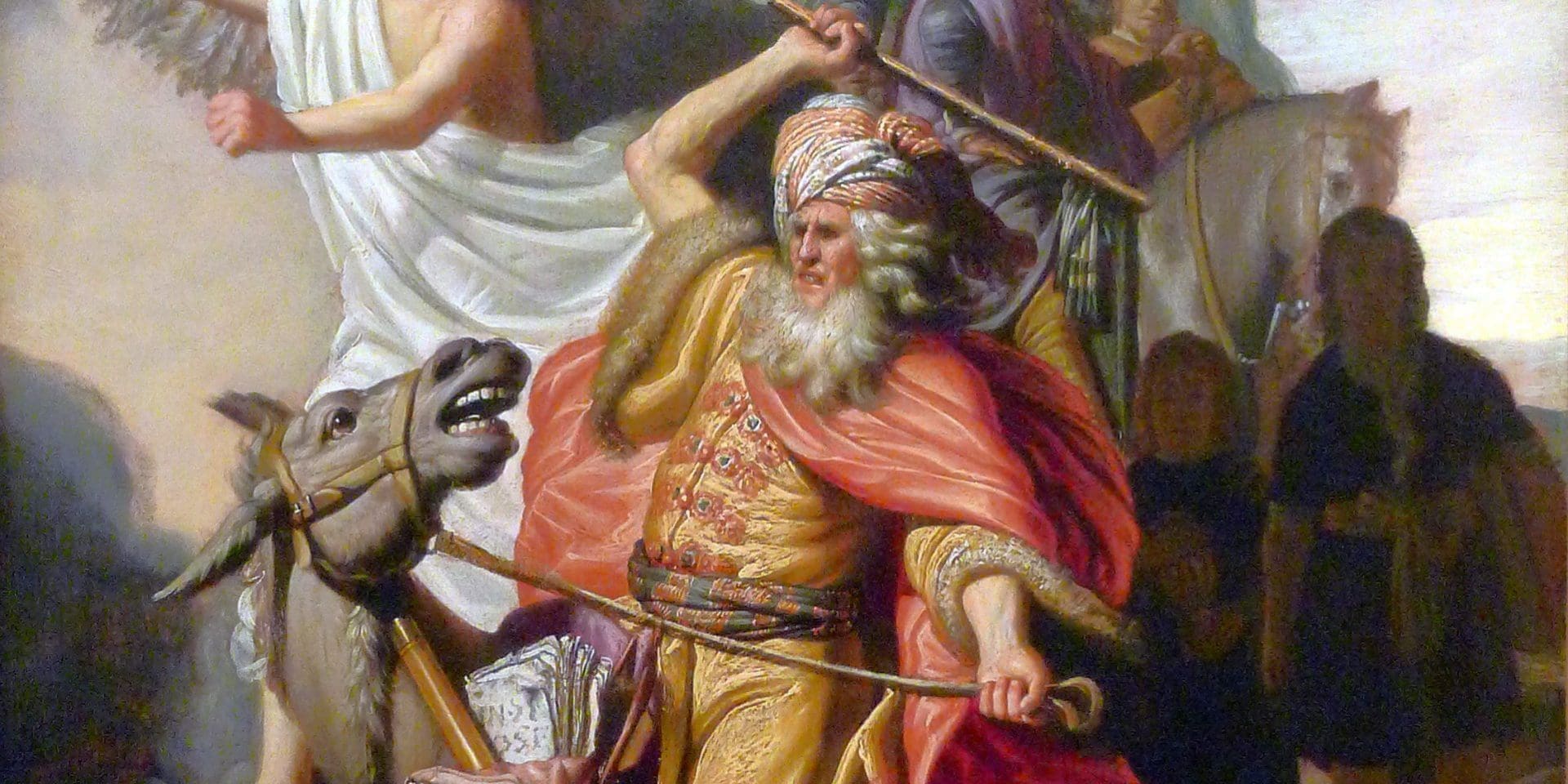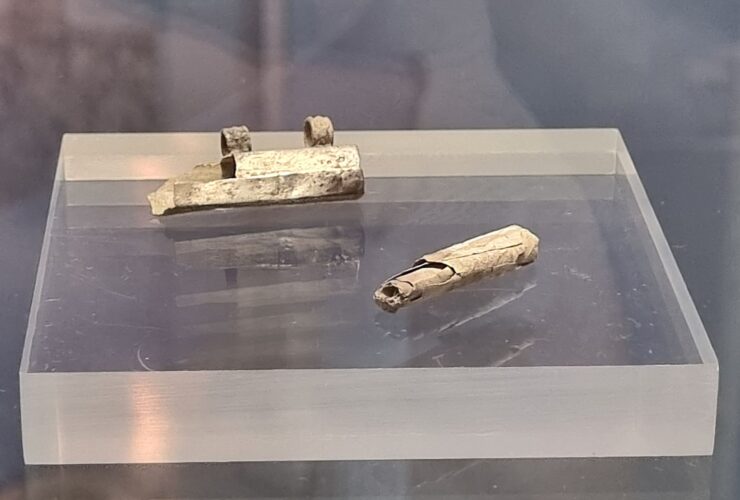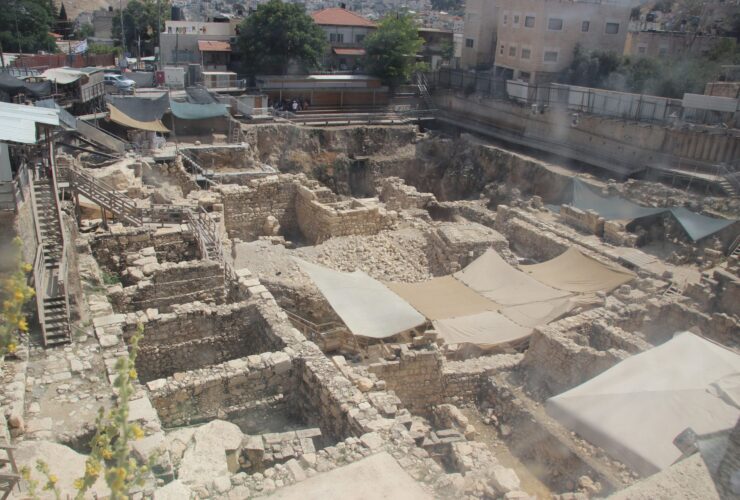I wanted to take some time to continue looking at the pagan prophet and diviner Balaam. On a previous article we’ve investigated the meaning of his story as recorded in Numbers 22-24 and Numbers 31. How it seems as though God was giving Balaam a chance to change, a chance to not curse himself by cursing Israel. God created a scenario that would have spoken directly to Balaam’s way of life, giving him a real opportunity to hear and change. Ultimately, Balaam refuses to change, and he later dies in a time of war by an Israelite sword. His story in the Bible carries powerful themes of God’s mercy towards mankind outside of Israel: His provision of opportunities to change, God’s communicative power, God’s desire and will to communicate to mankind, and how God fulfills His promises, and in this case His blessing of people who bless Israel and His cursing of those who curse them.
Balaam’s name pops up throughout the Bible as a cautionary tale, as an example of someone who loved profit, who loved their way of life more than they loved God. Beyond being famous in the Bible and among students of the Bible, archaeological work has also revealed that Balaam was famous outside of Israel. This makes sense because the Bible introduces him as someone who must have been a famously successful diviner and prophet, as Balak king of Moab sends for Balaam who was not a Moabite at all. Remember that this may have been because Balak wasn’t thrilled with the results of his own diviners as they tried to find out what could be done about Israel, so he wanted some outside help.
“And God came to Balaam at night and said to him, “If the men have come to call you, rise, go with them; but only do what I tell you.””
Numbers 22:20
Back to the archaeological discovery. In 1967 at the site of Dier ‘Alla, many plaster fragments with red and black ink writing on them were discovered. When they were put back together, translated, and published, which took a decade by the way, some amazing things came to light: The words were recording prophecies and stories of Balaam the son of Beor, who seems to be the same man mentioned in Numbers 22-24. The inscriptions call him a seer of the gods and he is recorded receiving dreams or divine messages at night, which is also a feature of Balaam in the Biblical narrative. The Dier ‘Alla inscriptions also associate Balaam with two specific pagan gods. Now these fragments do not date to the time of Moses and Israel in the wilderness, they date to much later about 840-760BC during the time of the kings of Israel. The inscriptions are not Israelite though, and perhaps were originally inside a temple to those gods whom Balaam is presented as loyal to. Researchers are confident that the inscriptions were originally attached to a standing stone, or to the inside walls of a building because they were discovered in the remains of a destroyed building, and due to their religious nature, a temple would be a nice fit. Dier ‘Alla itself is believed by some to be Biblical Succoth, or to be Penuel where Jacob wrestled with God.
What the existence of these inscriptions tells us is that outside of the Bible there was a longstanding tradition of a diviner named Balaam son of Beor. That stories of him likely oral traditions, were very well known, and then later were preserved in writing, maybe they were used to teach new generations of pagan seers or maybe they were used to encourage others in their loyalty towards his patron gods. Whatever the original reason for their existence these inscriptions not only provide extra-biblical evidence for the existence of Balaam, but they also give us a glimpse into how others thought about his work and world.

Corie Bobechko is a daily co-host, speaker, and writer of Bible Discovery. She also hosts a YouTube channel that shows how history and archaeology prove the Bible. Her heart for seekers and skeptics has led her to seek truth and share it with others. Corie also has a Bachelor of Theology from Canada Christian College.






